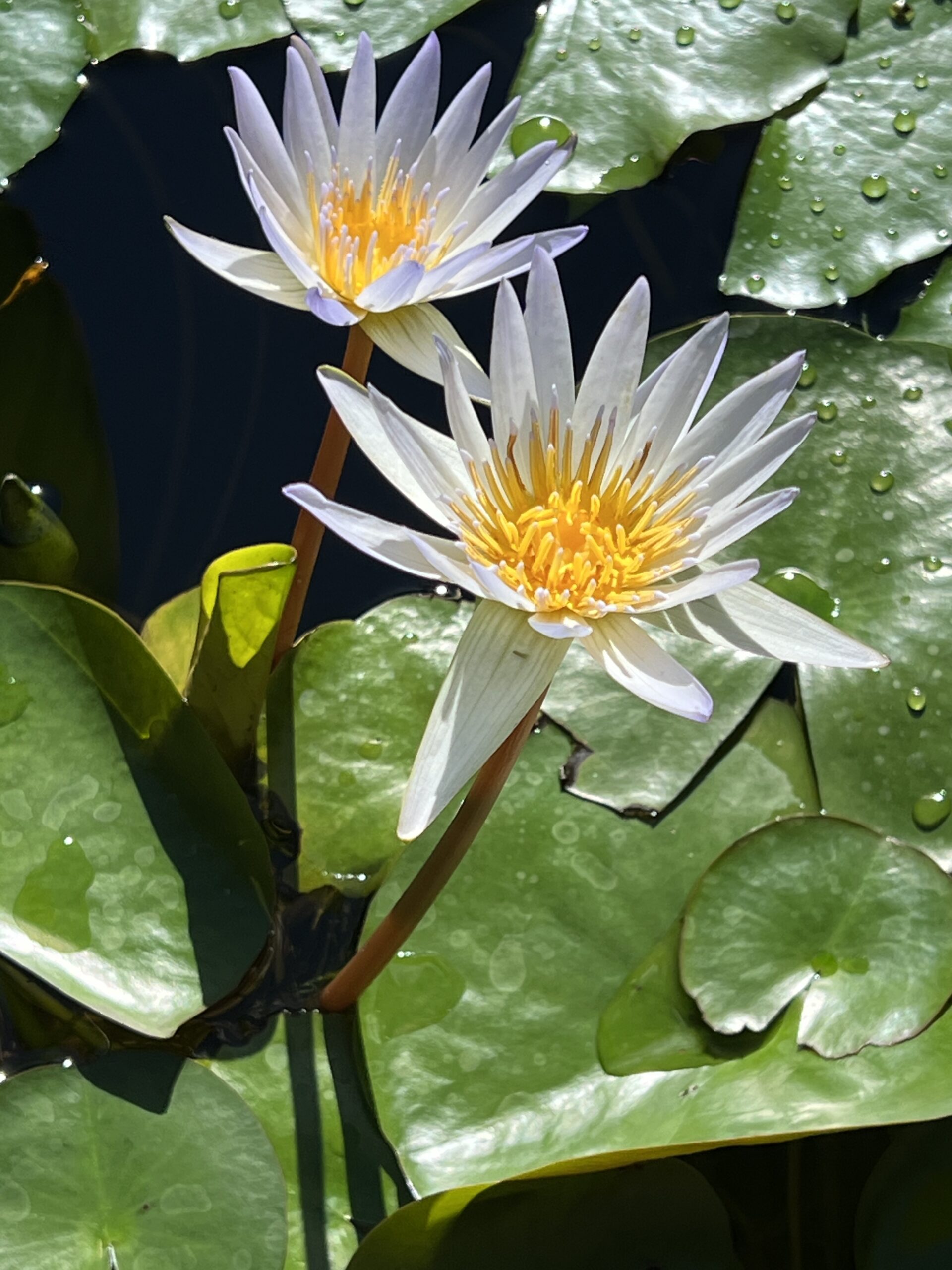May 19, 2025
A ROOM WITH A VIEW
“Imagine your brain is a two-storey house. Of particular importance in the ‘upstairs’ brain is the frontal lobe, specifically the region [cortex] just behind our forehead. This is responsible for our executive functioning skills – our ability to focus, plan, prioritise, reason and make rational decisions. It also helps us to become more self-aware and aware of others.
“The ‘downstairs’ brain’s limbic system is responsible for some critical functions that keep us alive (like breathing and regulating our heart rate) as well as our impulses and emotions [our fight, flight or freeze impulses]. Between the ‘upstairs’ and ‘downstairs’ brains is a connecting ‘staircase’. This is the network of neurons and synapses that carry information up and down, to and from the different parts of the brain. Both areas of our brain need to work together for us to function well. However, young children’s ‘upstairs’ and ‘downstairs’ brains often struggle to work together.” (drdanseigel.com)
That’s my struggle, too.
I woke this morning with the image of a big yellow garbage chute attached to an under-construction building that I’d seen in passing when driving to the West Side. I thought of how useful it would be to have a convenient way to dump the unwanted garbage that clogs the staircase between my upstairs and downstairs brain on a regular basis. It made me think of the terms “panic room” and “safe room”, with the panic initiated in the downstairs brain trying to clamor for the safety of some logical explanation in the upstairs brain. The terms panic room and safe room are often used interchangeably, but the physical sensations stirred by the mention of a panic room versus a safe room are polar opposites, as are the thoughts or emotions generated in association with each space.
Panic room best describes the headspace I found myself in after having shared some sensitive aspects of my spiritual journey with a relative stranger, and then thinking better of it. Of course these “second thoughts” ambushed me in the wee hours, with a waking dream of being censored by a brahmachari, a psychiatrist, a reverend, and a therapist. All the things I am not, and which a part of me deems prerequisite to sharing with others the lessons of my lived experience.
What to do with these inner saboteurs?
There’s an expression that was part of the worship service at Yasodhara Ashram in which we passed our palms over a candle flame while mentally repeating: “May the oil of ignorance be burned in the fire of wisdom.” It reinforced the intention to be the master of one’s thoughts and actions by rising above one’s conditioned, knee-jerk reactions to a higher ‘level’, one informed by studying any of the wisdom traditions and applying them to daily life. Seeing that yellow garbage chute as the flame, the idea presented itself to drop any such unworthy thoughts into the incinerator of honest reflection and self-awareness, so as to not have them cluttering up my life and sabotaging my best efforts.
These days most of my efforts go into trying to raise my own consciousness and that of the people around me from one of need-and-greed-self-centeredness to the more altruistic perspective that ‘nobody wins unless everybody wins’. Not only do I have a right to do that as a free and independent thinker, but I believe it is my duty to grow ever more self-aware, and share anything that might mitigate what pundit David Brooks calls “this age of gradual dehumanization”.
Sometimes it helps to step away from our usual preoccupations and create a space — a safe room, as it were — in which to read, reflect, practice meditation or mantra, and generally open one’s mind to a bigger picture in the ‘upstairs brain’. Consider it a room with a view, one in which we see ourselves more clearly, courageously and compassionately. And then do the favor of seeing others with the same patience, tolerance and acceptance that we would have them extend to us. In this way we take another step up that staircase from the lower instincts of competition and greed in the downstairs brain to the upstairs brain of our true humanity. A hard but worthwhile climb, indeed.
Whew. This calls for some chai and popcorn. 🍿
